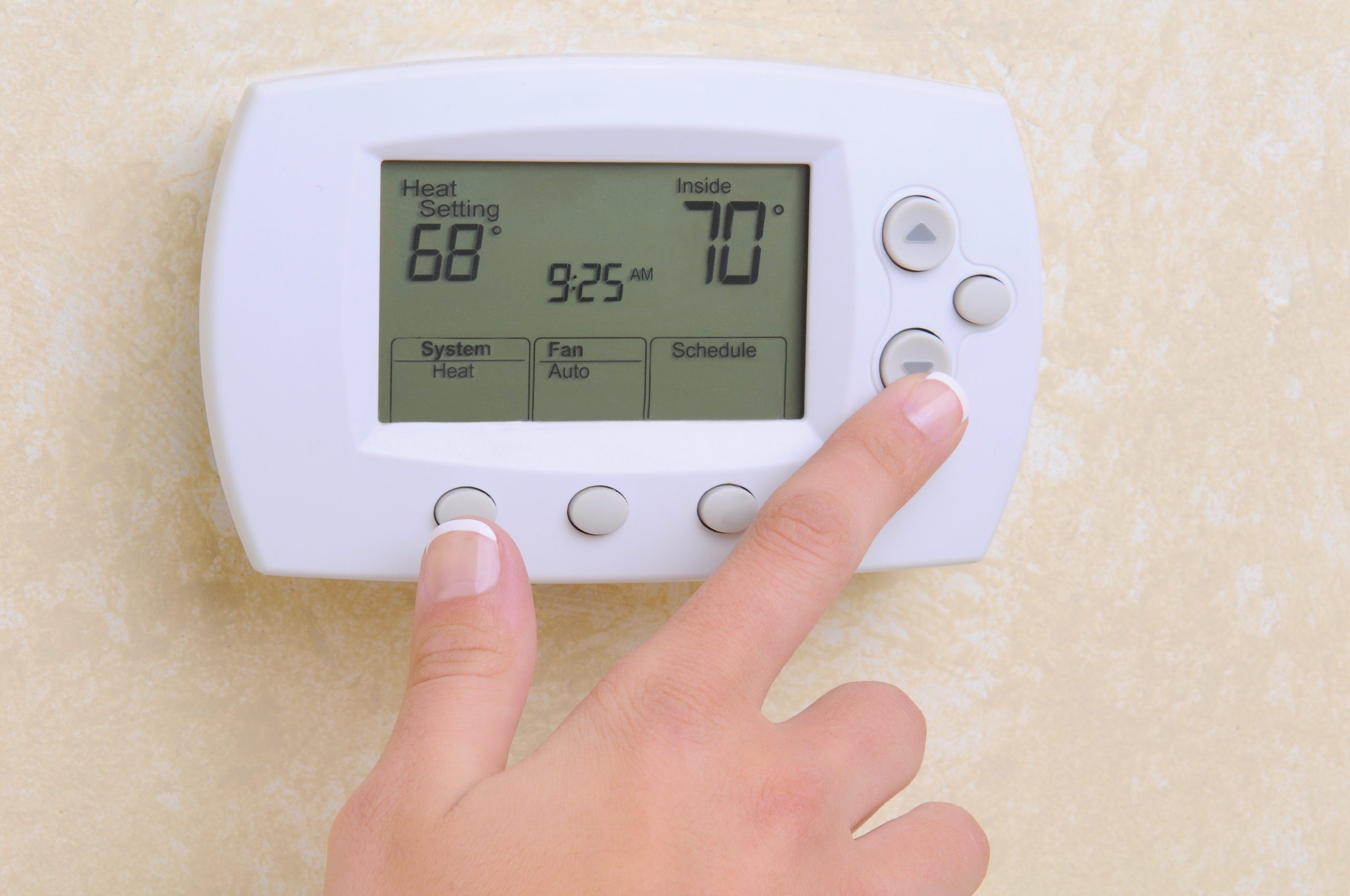

Articles
What Does Fan On Mean On Thermostat
Modified: January 18, 2024
Discover the meaning of "fan on" on your thermostat in this informative article. Learn how this setting can impact your home's airflow and energy consumption.
(Many of the links in this article redirect to a specific reviewed product. Your purchase of these products through affiliate links helps to generate commission for Storables.com, at no extra cost. Learn more)
Introduction
A thermostat is a vital component of any heating and cooling system, allowing homeowners to regulate the temperature of their homes with ease and efficiency. However, many people are not familiar with all the different features and settings that a thermostat can offer. One such feature is the “Fan On” mode, which may seem confusing to some.
In this article, we will explore what the “Fan On” mode on a thermostat means, how it works, and the pros and cons of using this mode. By the end, you will have a better understanding of how to effectively use the “Fan On” feature to maximize your comfort and energy efficiency.
So, let’s dive right in and explore the world of thermostat fan modes and what the “Fan On” mode has to offer.
Key Takeaways:
- The “Fan On” mode on your thermostat offers benefits such as improved air circulation, enhanced air filtration, and reduced energy waste, but it’s essential to consider potential drawbacks like increased energy consumption and noise disturbance.
- Activating the “Fan On” mode can create a more comfortable and healthy living environment by balancing humidity levels and eliminating hot or cold spots, but it’s crucial to understand common misconceptions and weigh the pros and cons based on your specific needs and preferences.
Read more: What Does Fan Circ Mean On Thermostat
Definition of Thermostat Fan Modes
Before we delve into the specifics of the “Fan On” mode, let’s first understand the concept of thermostat fan modes in general.
A thermostat typically offers different fan modes that control how the fan in your HVAC system operates. These modes determine when the fan turns on and off in relation to the heating or cooling cycle. The most common fan modes found on thermostats include:
- Auto: In this mode, the fan operates automatically along with the heating or cooling system. The fan turns on when the system starts heating or cooling and turns off when the desired temperature is reached.
- On: This mode allows the fan to run continuously, regardless of whether the heating or cooling system is actively running. The fan remains on until manually turned off or until the thermostat switches to another mode.
Now that we have a basic understanding of the different fan modes, let’s shift our focus to the “Fan On” mode specifically.
Understanding the “Fan On” Mode
The “Fan On” mode, also known as the “Continuous Fan” or “Circulate” mode, allows the HVAC system’s fan to run continuously, even when the heating or cooling system is not actively running. This means that the fan will keep circulating air throughout your home, providing a constant flow of air, regardless of the temperature settings.
When the “Fan On” mode is activated, the fan will continue to run 24/7 until you manually switch to a different fan mode or turn off the system entirely. This can be a useful option in certain situations, as it offers several benefits.
One of the primary advantages of using the “Fan On” mode is that it helps to improve air circulation and filtration within your home. By continuously circulating the air, the fan helps to distribute the heated or cooled air evenly throughout all areas of your home, eliminating hot or cold spots. This can result in a more comfortable and consistent indoor environment.
In addition, the constant air movement facilitated by the “Fan On” mode can help improve indoor air quality by filtering out dust, pet dander, and other airborne allergens. The fan pulls the air through the system’s filter, trapping particles and preventing them from settling on surfaces, reducing overall indoor pollutants.
Moreover, the continuous operation of the fan helps to balance humidity levels in your home. By moving air around, moisture is distributed more evenly, reducing the likelihood of mold and mildew growth and creating a more comfortable living space.
However, it is important to be aware of the potential drawbacks of using the “Fan On” mode. Let’s explore these in the next section.
Benefits of Using the “Fan On” Mode
Using the “Fan On” mode on your thermostat can offer several distinct benefits that contribute to a more comfortable and efficient home environment. Let’s take a closer look at some of these advantages:
- Improved Air Circulation: One of the main benefits of the “Fan On” mode is that it helps to ensure consistent air circulation throughout your home. By continuously running the fan, you can eliminate stagnant air pockets and prevent hot or cold spots from forming.
- Enhanced Air Filtration: Running the fan constantly helps to improve the overall air quality in your home by continuously filtering the air. The fan draws the air through the HVAC system’s filter, capturing dust, pollen, and other airborne contaminants. This can be especially beneficial for individuals with allergies or respiratory sensitivities.
- Reduced Energy Waste: While it may seem counterintuitive, using the “Fan On” mode can actually help improve energy efficiency. By ensuring consistent air circulation, the thermostat can distribute the conditioned air more evenly, reducing the need for the heating or cooling system to work harder to reach the desired temperature. As a result, you may see a decrease in your energy bills over time.
- Humidity Control: Continuous operation of the fan can also help balance humidity levels in your home. By moving the air around, it prevents moisture from stagnating and potentially causing mold or mildew issues. This can be particularly beneficial in humid climates or during the summer months when humidity levels tend to rise.
Incorporating the “Fan On” mode into your thermostat routine can provide these benefits, ultimately creating a more comfortable and healthy living environment for you and your family.
If your thermostat has a “fan on” setting, it means the fan will run continuously, regardless of whether the heating or cooling system is actively running. This can help to circulate air and maintain a more consistent temperature throughout your home.
Drawbacks of Using the “Fan On” Mode
While the “Fan On” mode offers various advantages, it is essential to consider the potential drawbacks that come with its continuous operation. Understanding these drawbacks can help you make an informed decision about whether to utilize this feature:
- Increased Energy Consumption: Running the fan continuously can lead to increased energy consumption. Since the fan runs 24/7, it utilizes electricity continuously, which might result in higher energy bills. Therefore, it is important to weigh the energy savings from improved HVAC system efficiency against the extra consumption of running the fan constantly.
- Noisier Operation: Some homeowners may find the constant noise of a running fan to be bothersome. If you prefer a quieter living environment, the continuous operation of the fan in the “Fan On” mode may not be desirable. Consider how the noise level might impact your daily activities, sleep, or relaxation before opting for this mode.
- Potential Wear and Tear: Continuous operation of the fan can contribute to increased wear and tear on the HVAC system’s components, especially the fan motor. The prolonged operation may decrease the lifespan of the fan motor and potentially require more frequent maintenance or repairs. It is essential to maintain regular HVAC system inspections and proper maintenance to mitigate any potential issues.
- Less Control Over Temperature: Using the “Fan On” mode means less control over temperature fluctuations in your home. If you prefer precise temperature control, the continuous operation of the fan may lead to slight temperature variations. This may not be a concern for some households, but it is worth considering if you have specific temperature preferences or sensitivities.
Considering these drawbacks, it is important to evaluate your specific needs and preferences before opting to use the “Fan On” mode on your thermostat. Assessing the potential impact on energy consumption, noise levels, and system maintenance will help you make an informed decision that suits your individual circumstances.
How to Activate/Deactivate the “Fan On” Mode
Activating and deactivating the “Fan On” mode on your thermostat is typically a straightforward process. However, keep in mind that the exact steps may vary depending on the make and model of your thermostat. Refer to your thermostat’s user manual for specific instructions if needed. Here is a general guideline:
- Locate the thermostat control panel: The control panel is usually mounted on a wall in a central location within your home.
- Access the fan settings: Most thermostats have separate controls or options for fan settings. Look for a button or menu that allows you to access the fan mode options.
- Select the “Fan On” mode: Once you have accessed the fan settings, navigate through the menu or press the appropriate button to select the “Fan On” mode. This should activate the continuous operation of the fan.
- Adjust fan settings if desired: Some thermostats offer additional options to customize the “Fan On” mode. This includes setting the fan speed or configuring the fan to run for a certain duration before automatically turning off. Take advantage of these settings to tailor the fan operation to your preferences.
- Deactivate the “Fan On” mode: If you wish to disable the “Fan On” mode, access the fan settings again and select either the “Auto” or “Off” mode. This will return the fan to its normal behavior, operating according to the system’s heating or cooling cycles.
Remember to consult your thermostat’s user manual for detailed instructions specific to your device. If you are unsure or need assistance, you can also reach out to an HVAC professional or the thermostat manufacturer’s customer support for guidance.
By following these steps, you can easily activate or deactivate the “Fan On” mode on your thermostat to suit your comfort and energy efficiency preferences.
Common Misconceptions about the “Fan On” Mode
There are a few common misconceptions surrounding the “Fan On” mode on thermostats. Let’s address these misconceptions and provide clarity:
- Misconception 1: “Using the ‘Fan On’ mode will cool or heat my home faster”: The “Fan On” mode does not directly affect the heating or cooling speed of your home. It only controls the operation of the fan. The primary purpose of running the fan continuously is to improve air circulation, not to speed up the cooling or heating process. The temperature changes are still dependent on the efficiency and capacity of your HVAC system.
- Misconception 2: “The ‘Fan On’ mode consumes excessive amounts of energy”: While running the fan continuously does consume some energy, the energy consumption is relatively low compared to the energy used by the heating or cooling system itself. In many cases, the improved performance and efficiency of the HVAC system outweigh the energy consumed by the fan. It’s important to consider the overall impact on energy usage before assuming that the “Fan On” mode is excessively energy-consuming.
- Misconception 3: “The ‘Fan On’ mode is only useful during extreme weather conditions”: The “Fan On” mode can be beneficial regardless of the weather conditions. It helps to maintain consistent air circulation, even during mild weather, preventing stagnant air and optimizing overall comfort. Therefore, it can be beneficial to activate the “Fan On” mode throughout the year, not just during extreme weather conditions.
- Misconception 4: “Using the ‘Fan On’ mode will solve all indoor air quality issues”: While the “Fan On” mode does contribute to better air circulation and filtration, it is not a solution for all indoor air quality issues. To effectively address air quality concerns, it is recommended to combine the “Fan On” mode with other measures such as regular air filter replacements, proper ventilation, and, if necessary, the use of air purifiers or humidity control devices.
It’s important to understand these misconceptions to make informed decisions about using the “Fan On” mode on your thermostat. By clarifying these points, you can better appreciate the benefits and limitations of this feature.
Conclusion
The “Fan On” mode on your thermostat is a feature that offers certain advantages and considerations for homeowners. By understanding how this mode works and its potential benefits, you can optimize your comfort and energy efficiency.
Activating the “Fan On” mode allows for constant air circulation, which helps eliminate hot or cold spots, improves air filtration, and balances humidity levels in your home. This mode can contribute to a more comfortable and healthy living environment while potentially reducing energy waste.
However, it’s important to be aware of the drawbacks associated with the “Fan On” mode. These include increased energy consumption, potential noise disturbance, additional wear and tear on the HVAC system, and less control over temperature variations.
Ultimately, the decision to use the “Fan On” mode depends on your personal preferences, climate, and specific needs. If you are considering utilizing this mode, ensure you understand how to activate or deactivate it on your thermostat. Take advantage of any additional settings your thermostat offers for further customization.
Addressing common misconceptions about the “Fan On” mode helps dispel any confusion. It’s important to have realistic expectations about its functionality and impact on your home’s cooling, heating, air quality, and energy usage.
Remember, for definitive guidance regarding your specific thermostat and HVAC system, consult the manufacturer’s instructions or seek professional advice from an HVAC technician.
In conclusion, the “Fan On” mode can be a valuable tool to promote better air circulation, improved indoor air quality, and balanced humidity levels in your home. By weighing the benefits against the potential drawbacks and considering your unique circumstances, you can make an informed decision about whether or not to utilize this feature on your thermostat.
Frequently Asked Questions about What Does Fan On Mean On Thermostat
Was this page helpful?
At Storables.com, we guarantee accurate and reliable information. Our content, validated by Expert Board Contributors, is crafted following stringent Editorial Policies. We're committed to providing you with well-researched, expert-backed insights for all your informational needs.
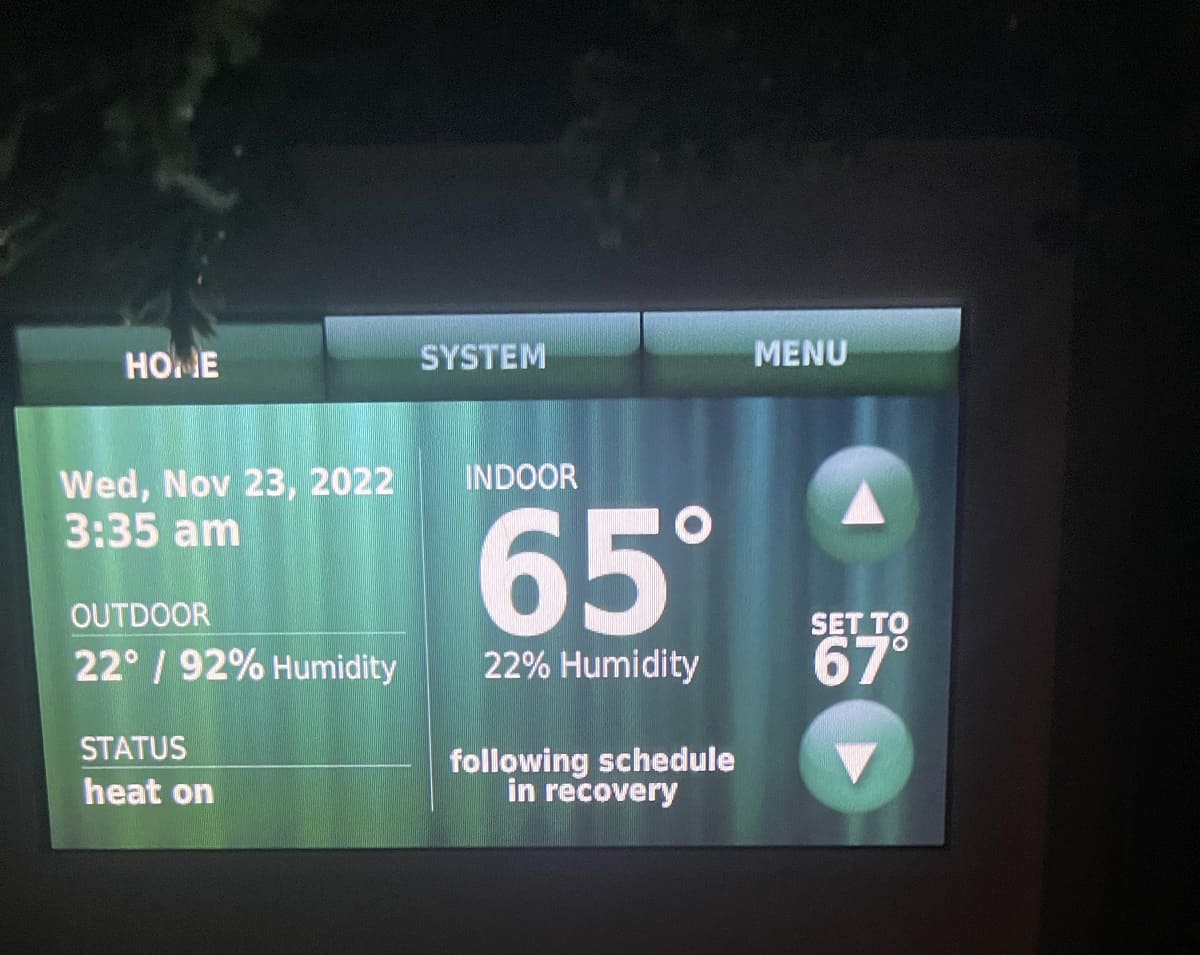
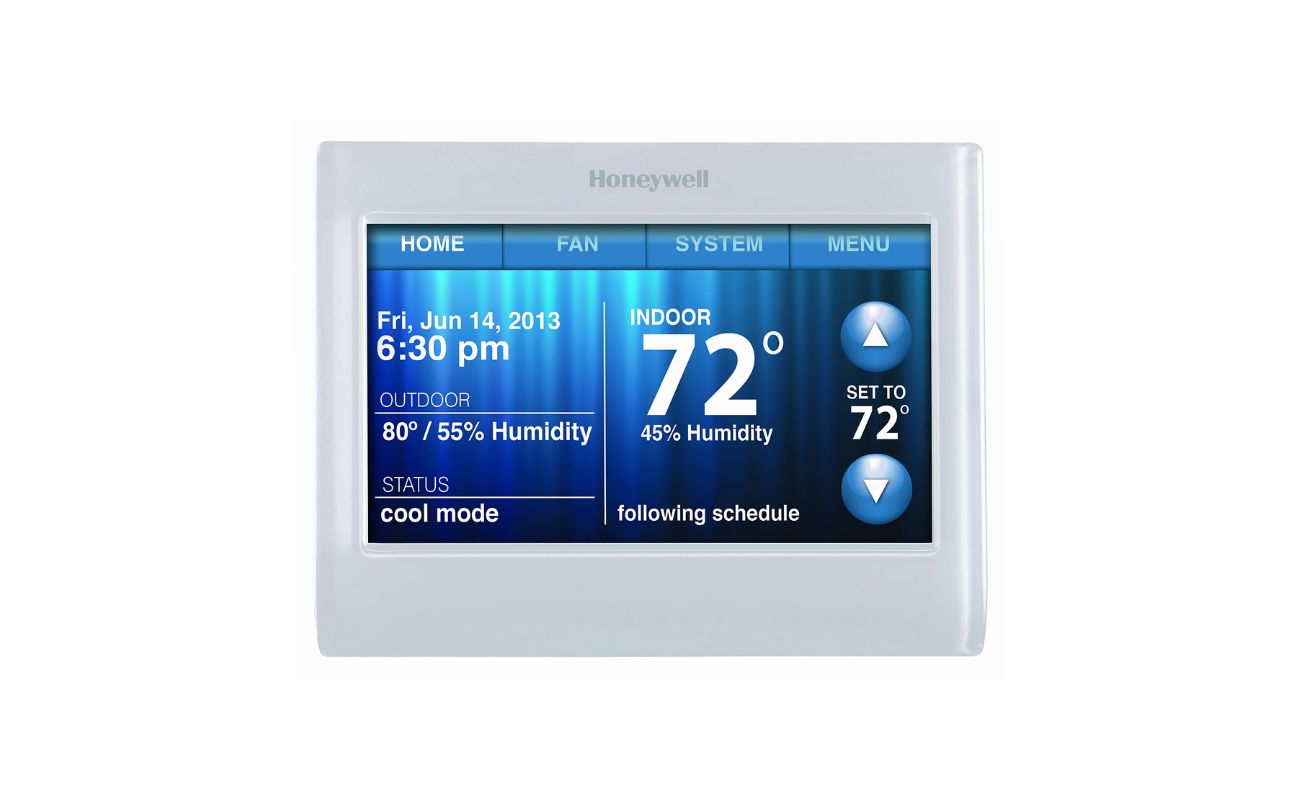
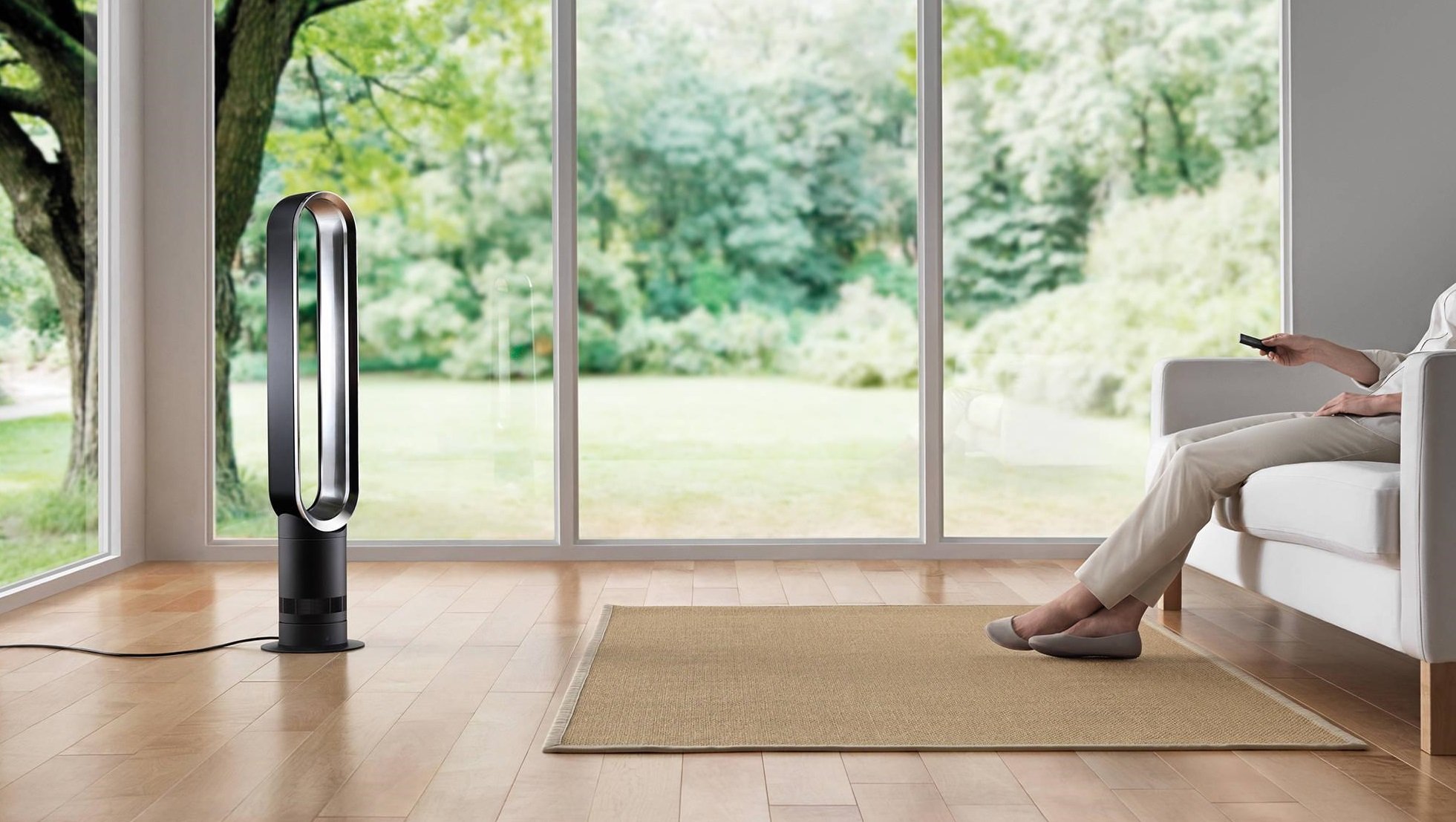
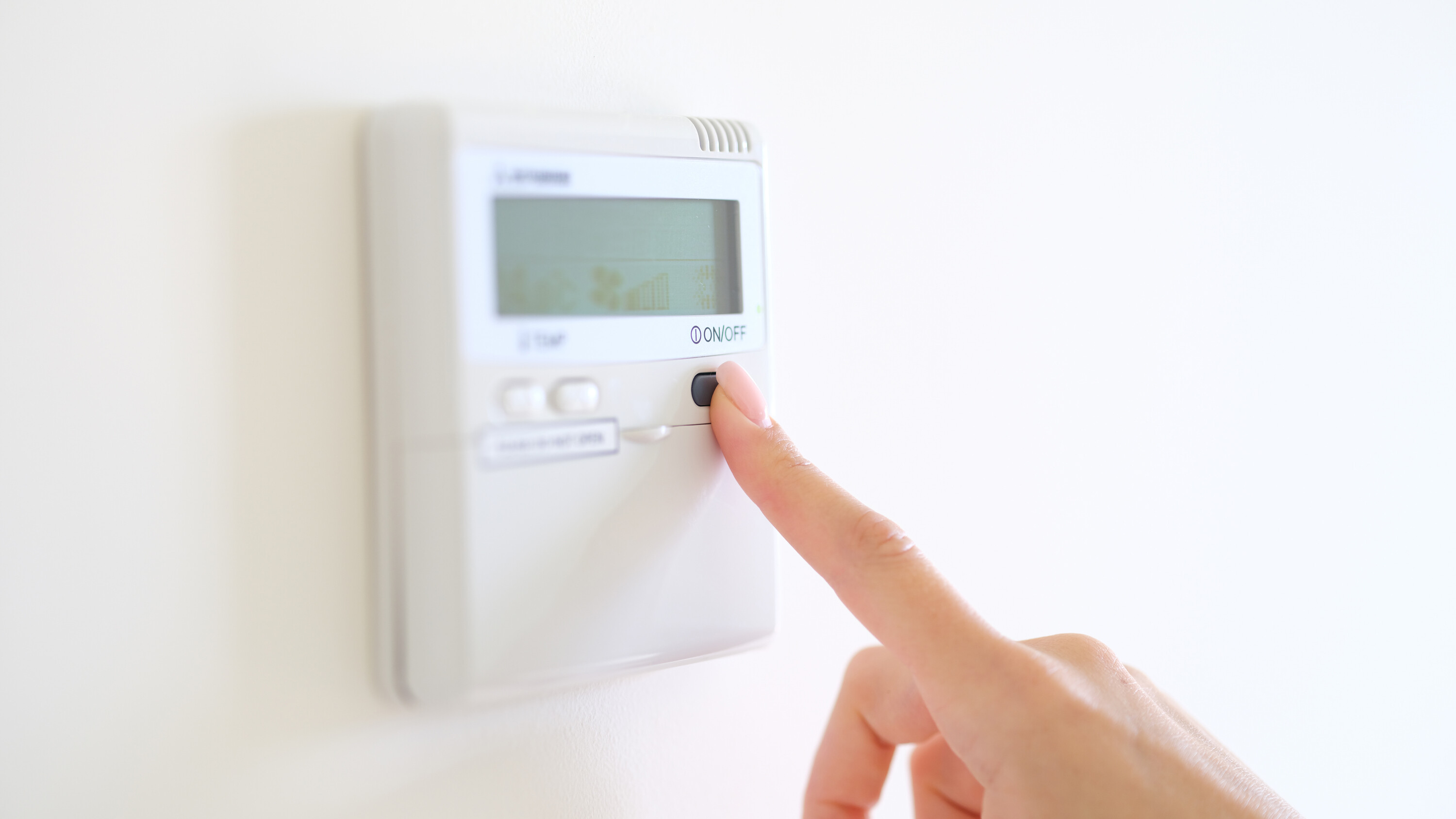
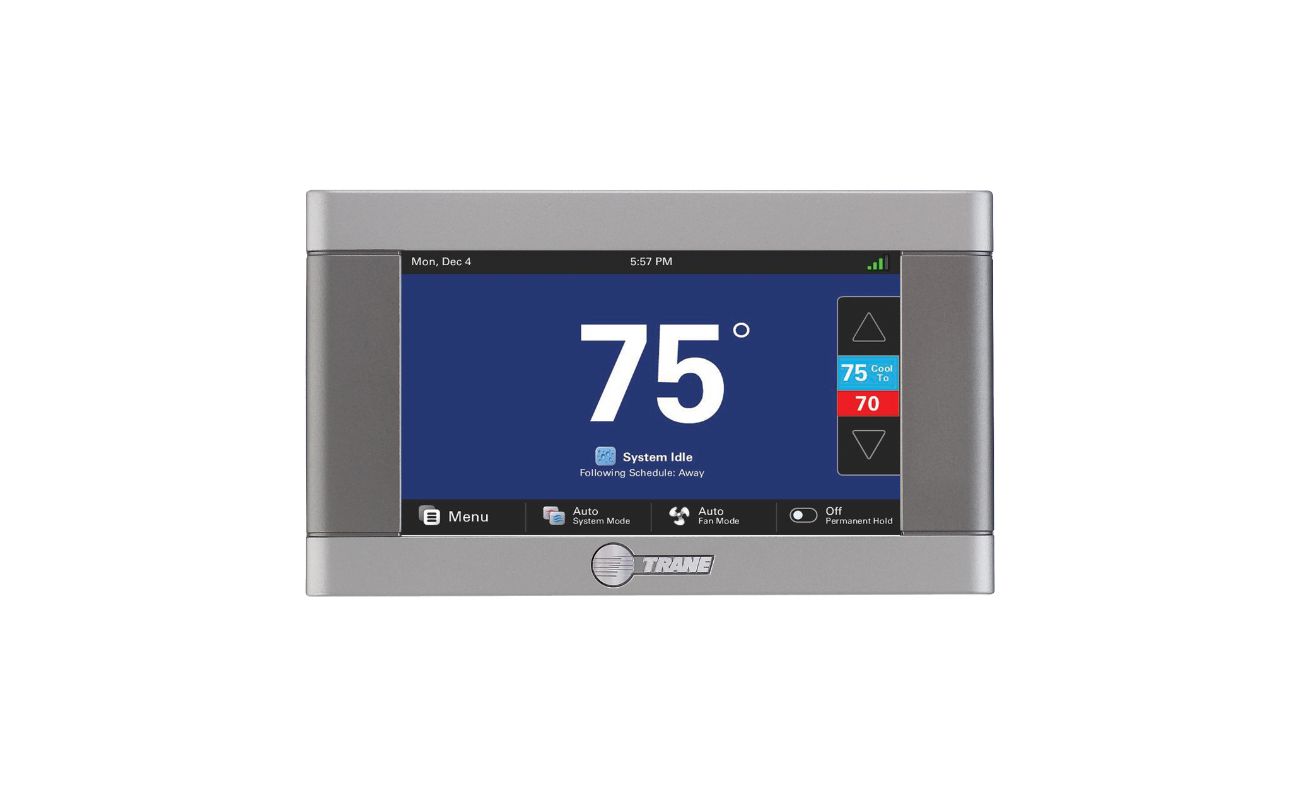
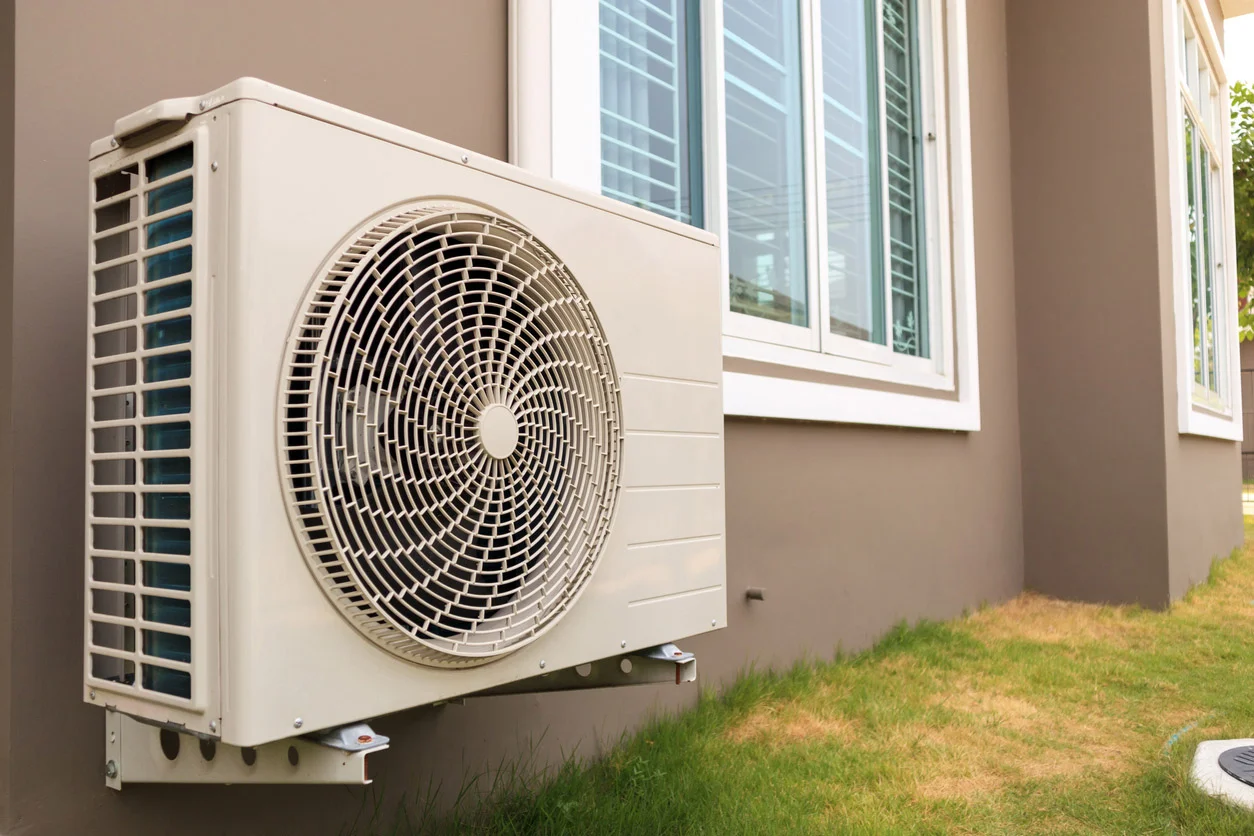
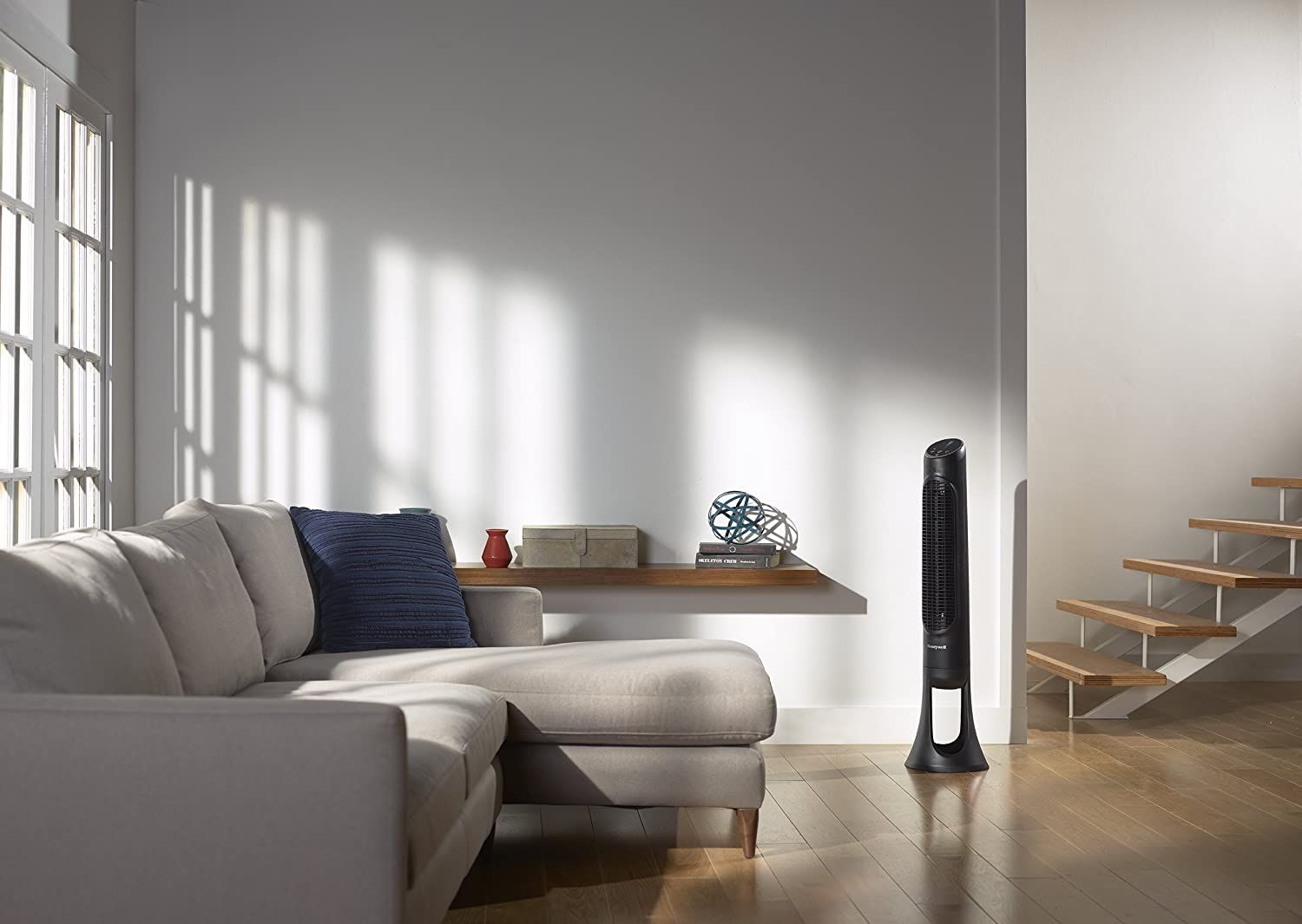
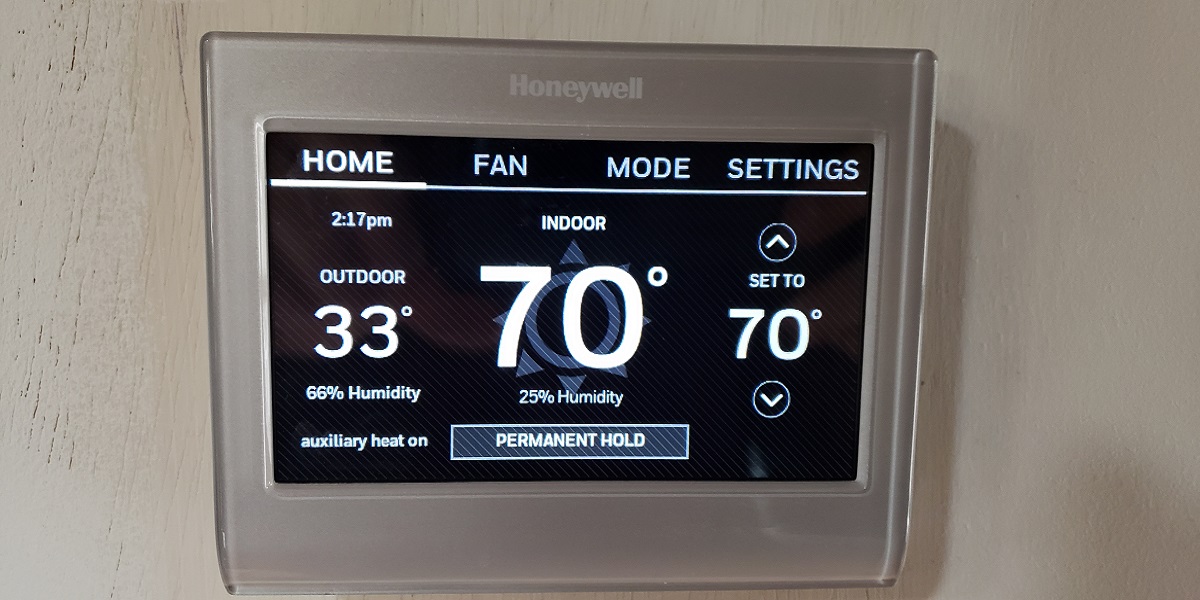
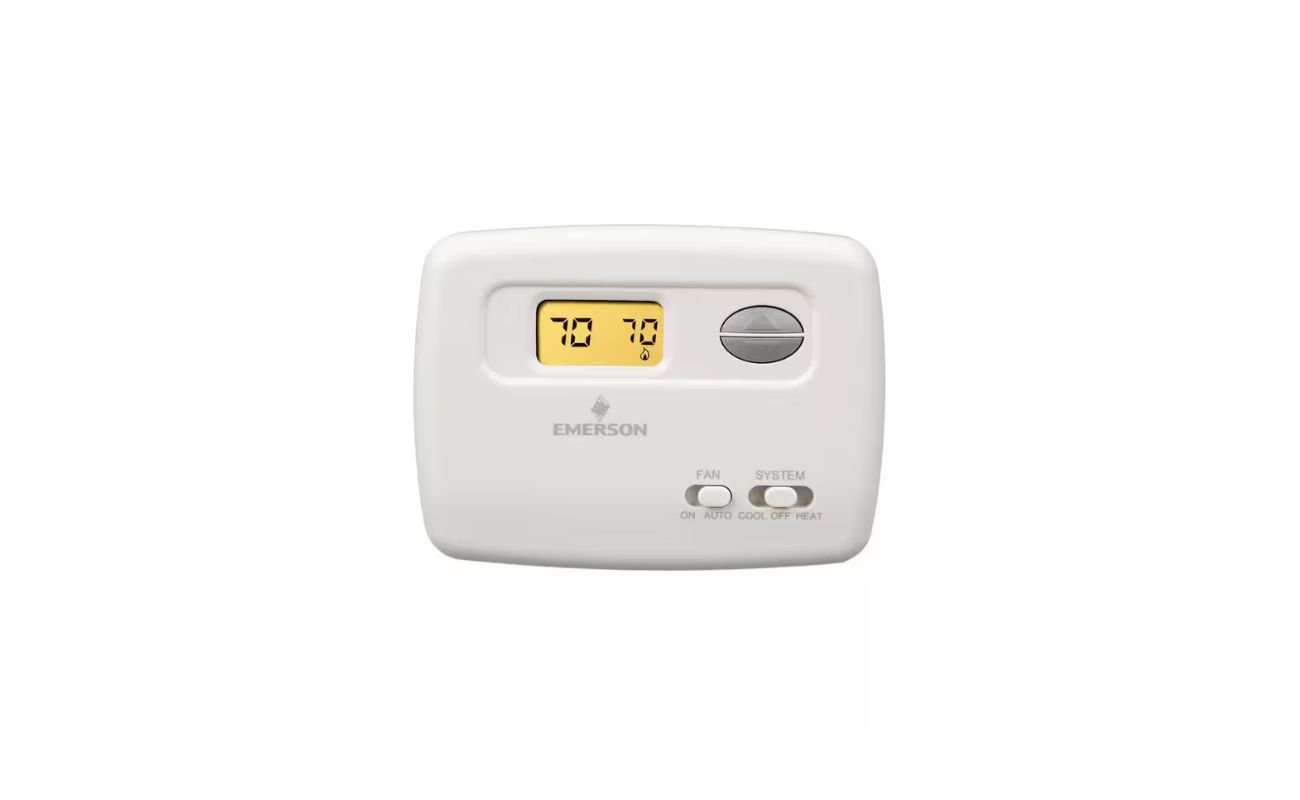






0 thoughts on “What Does Fan On Mean On Thermostat”